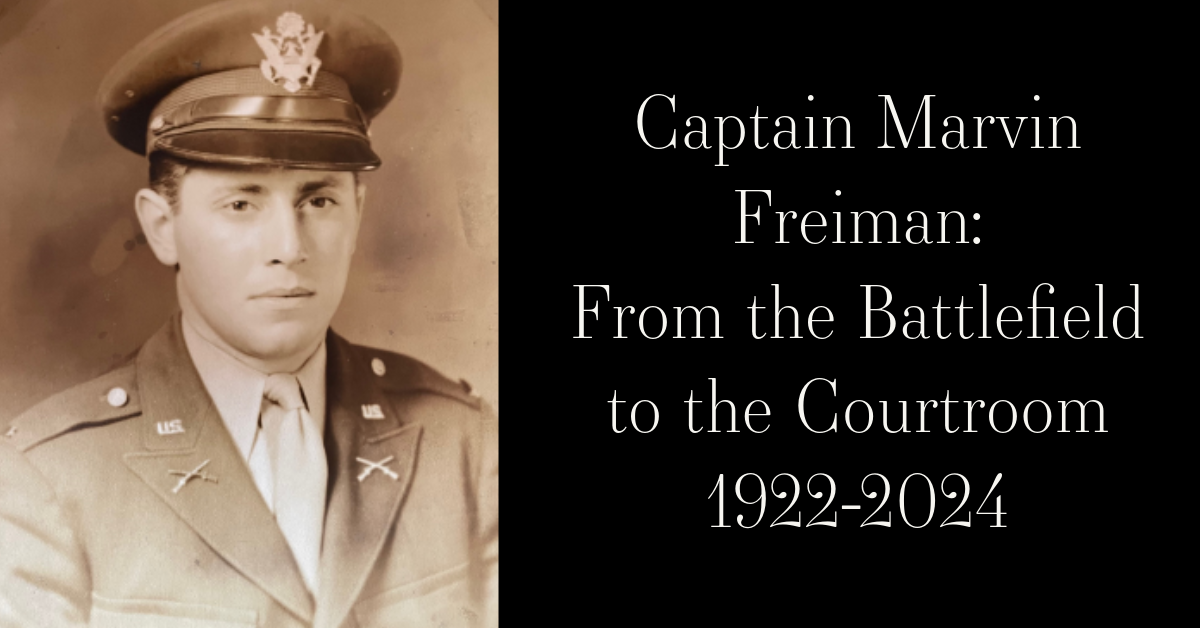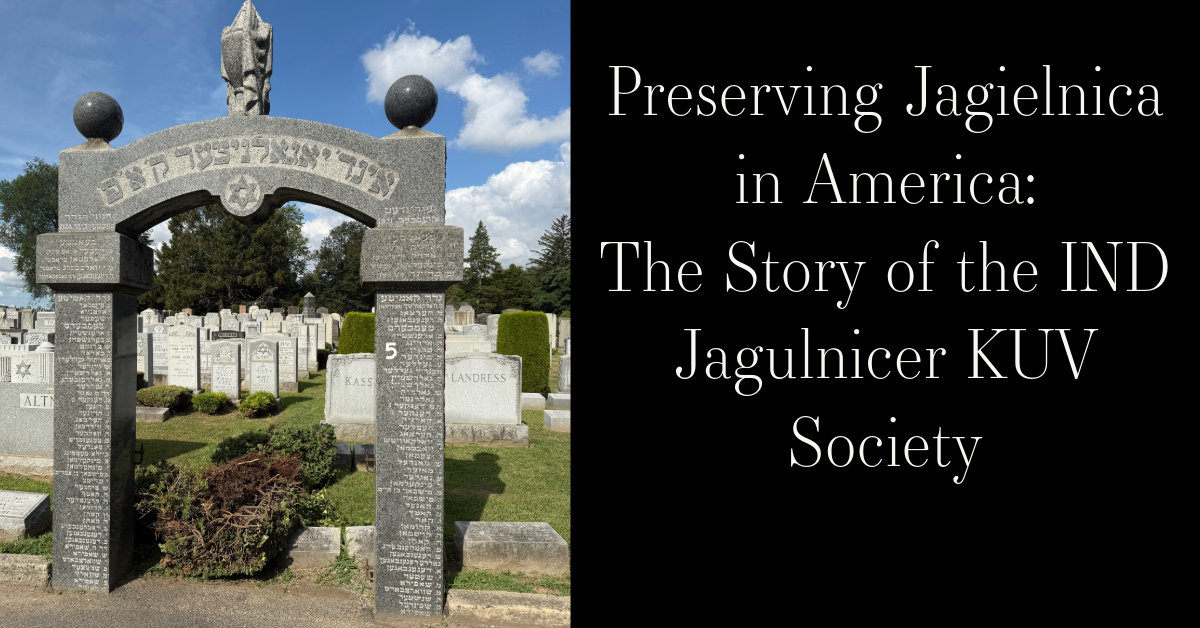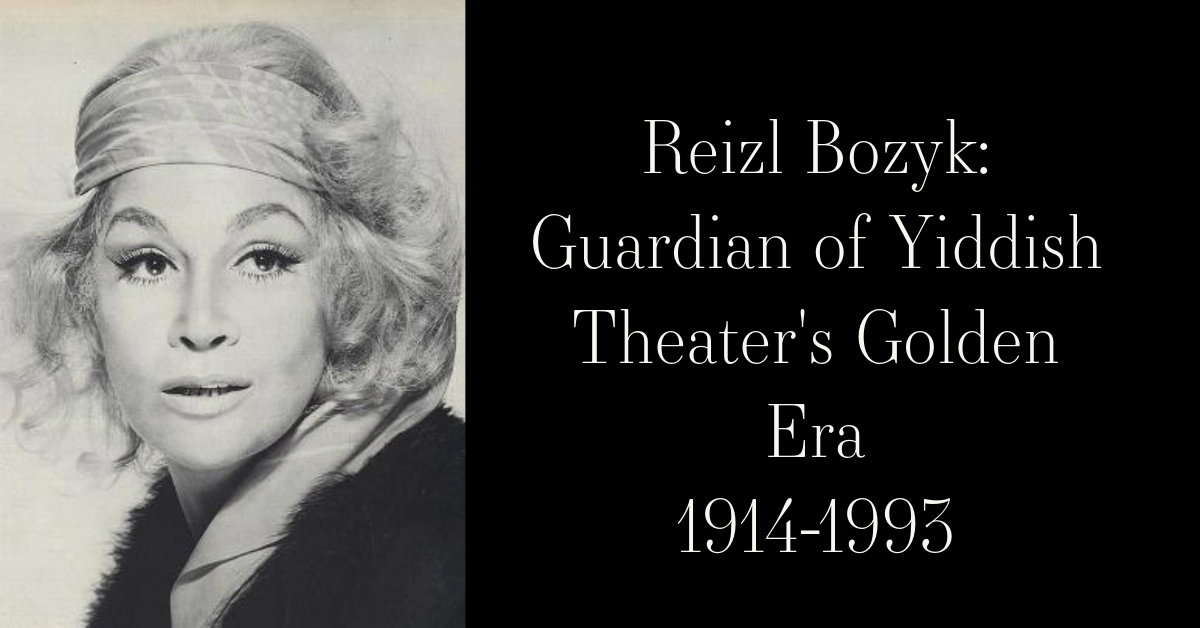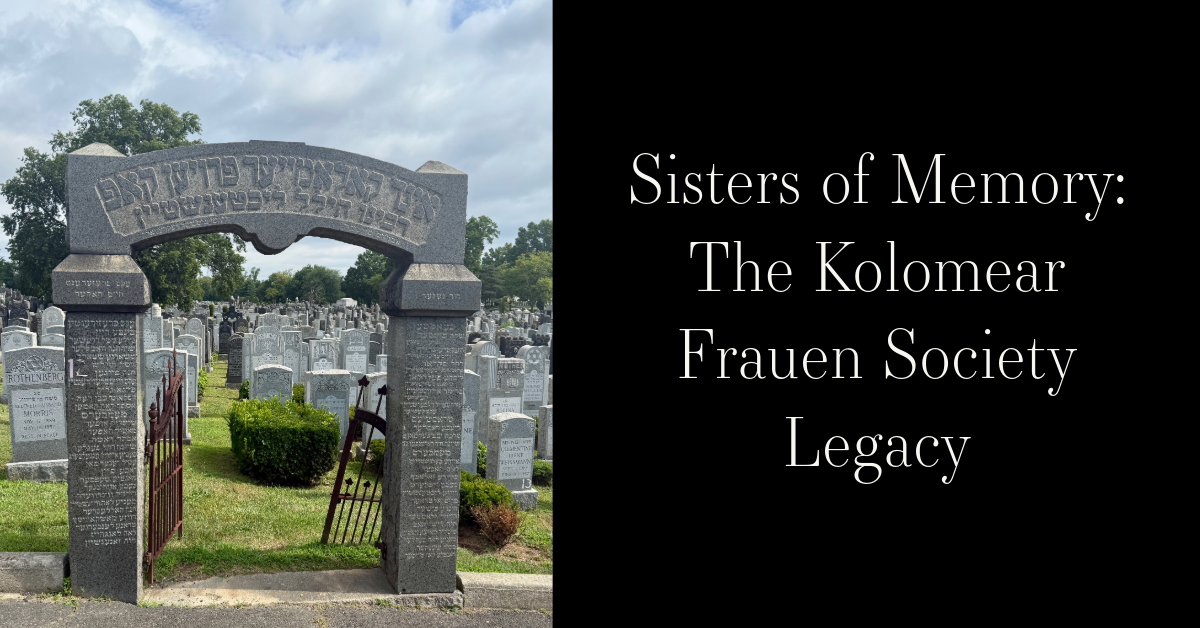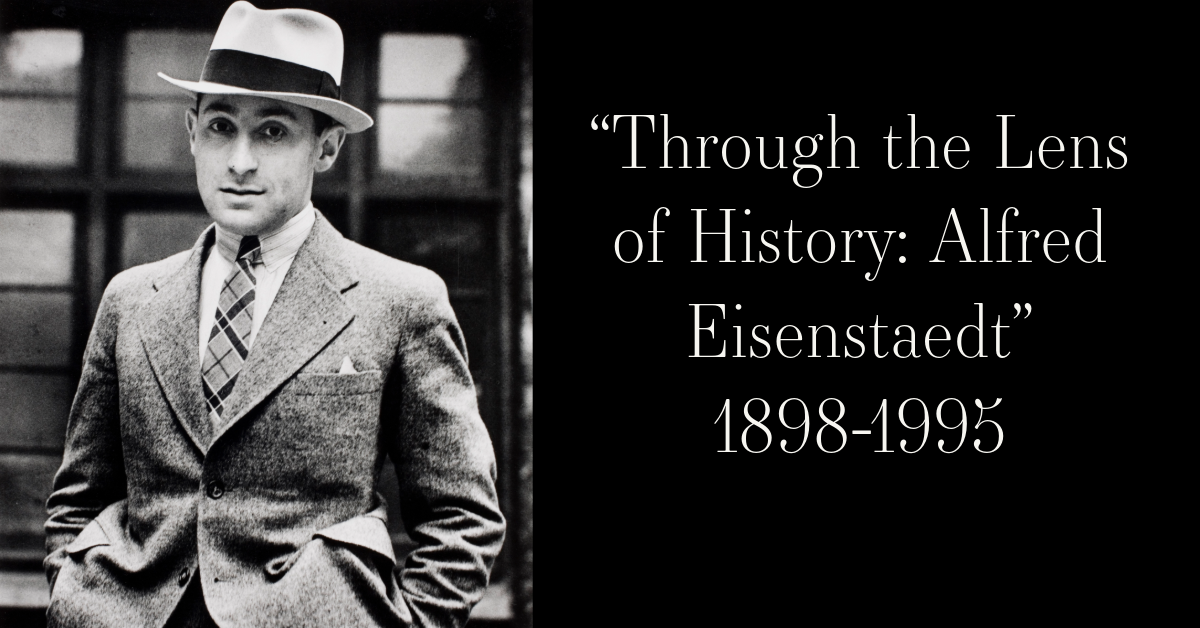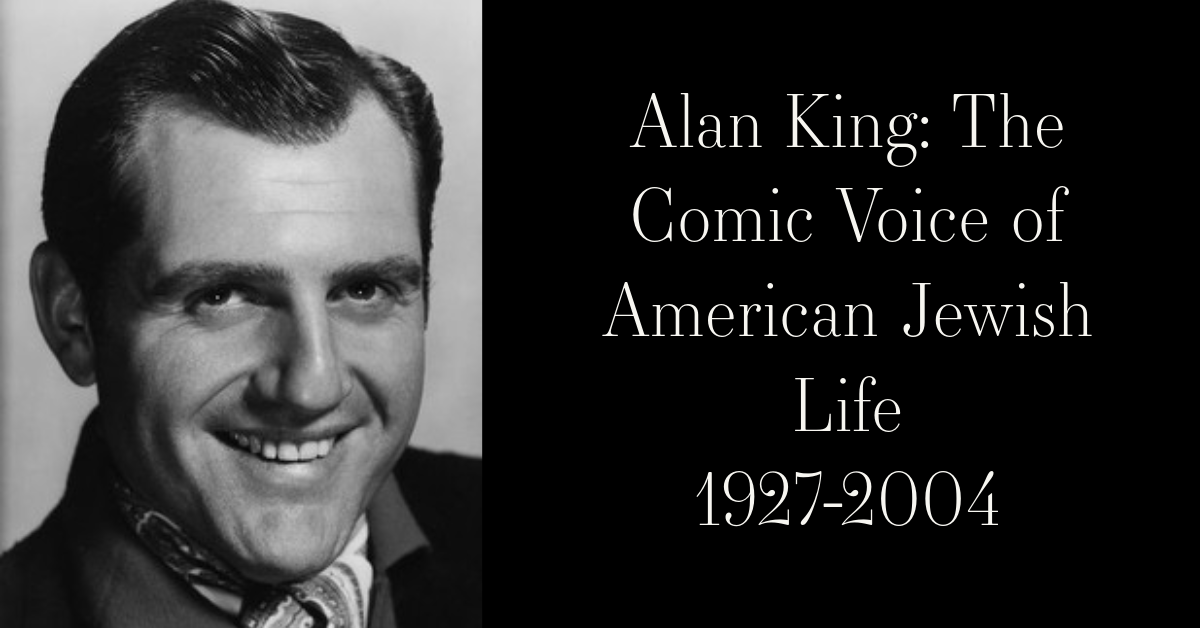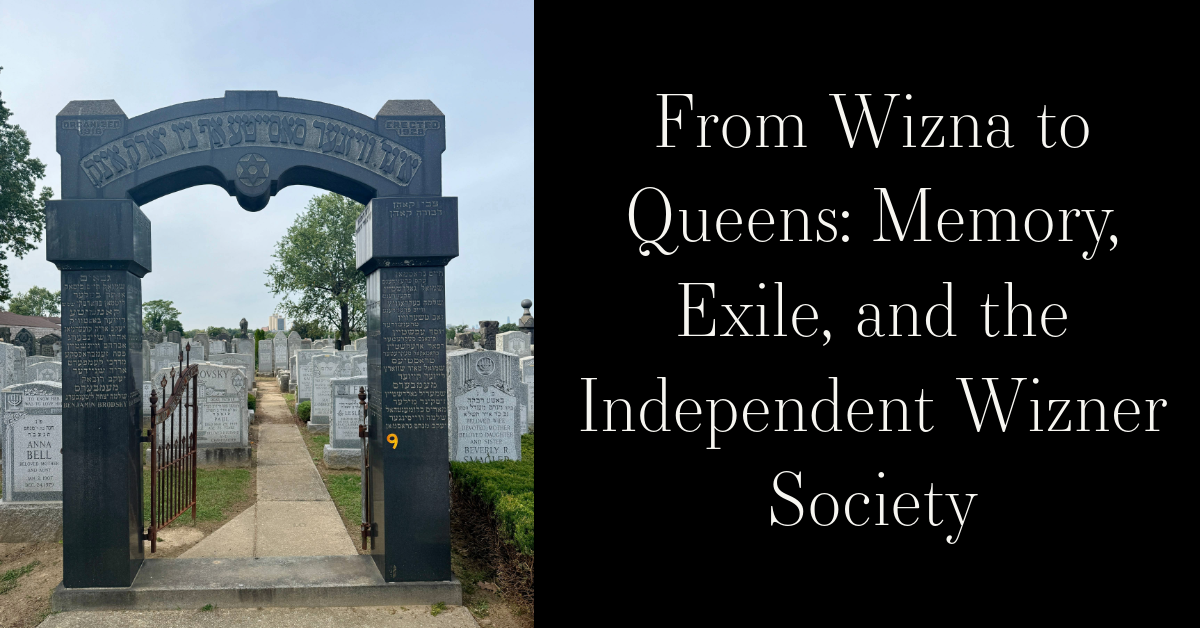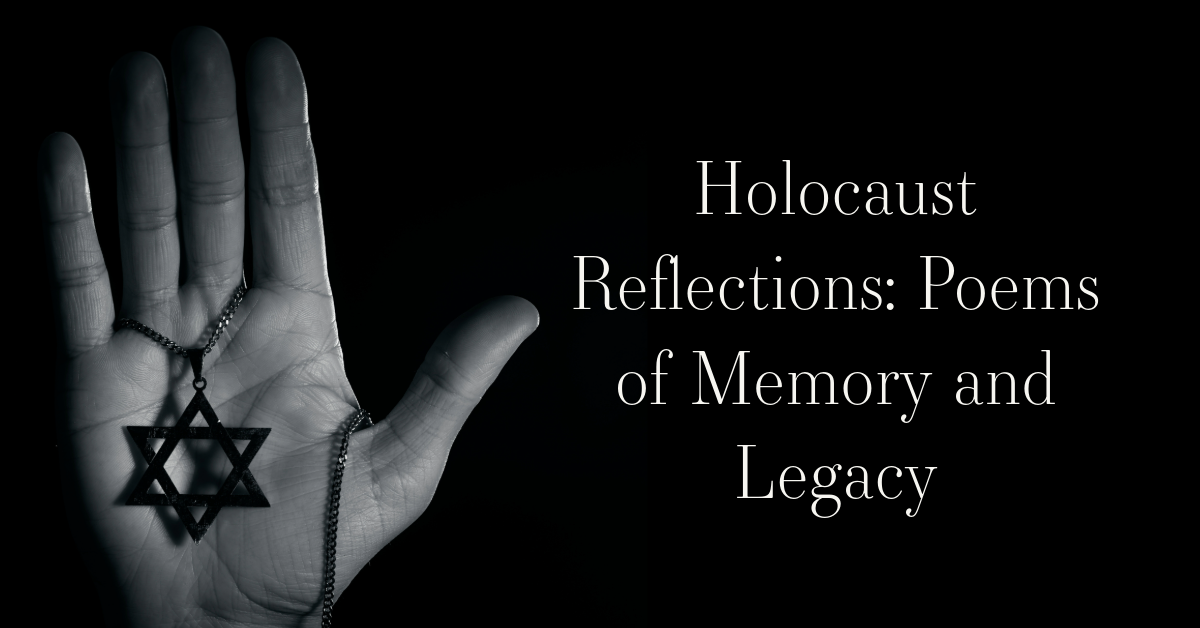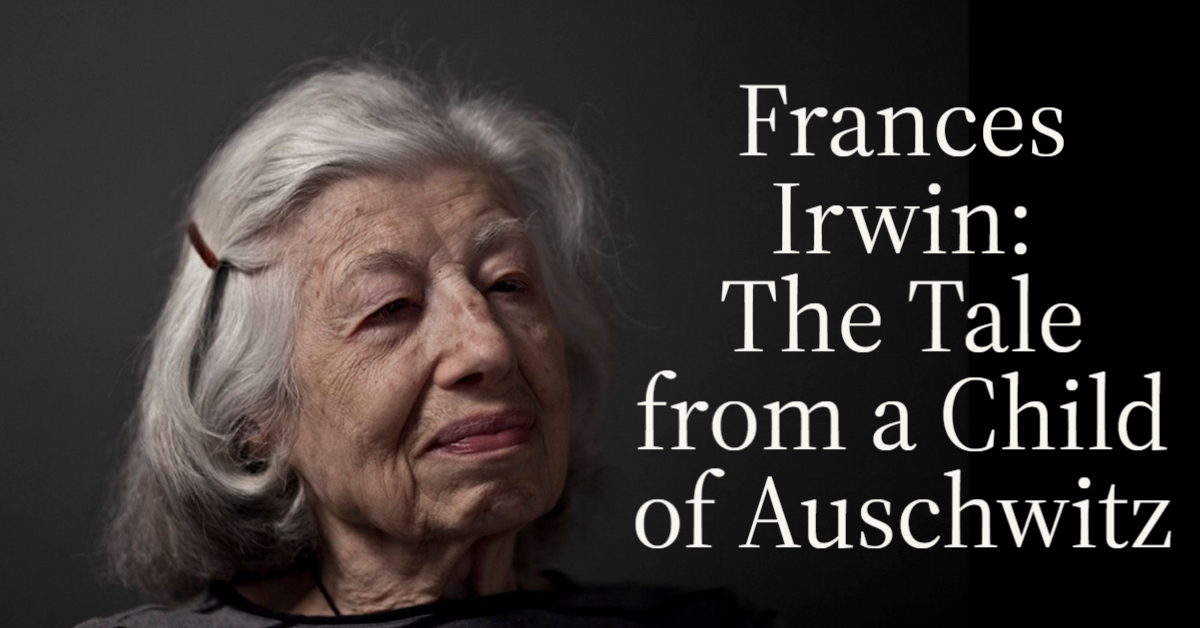Story Summary:
The Independent Lemberger Ladies Society was established in NY in 1920 by immigrants hailing from Lwow (Lviv, Lvov, Lemberg), Poland. The society raised money for charity and provided sick and burial aid to its members. Incorporated in 1921, it is affiliated with the First United Lemberger Home for the Aged. Initial Jewish settlement in Lwow dates to the 14th century. Despite tremendous hardships, the Jews of Lwow flourished, establishing cultural institutions, schools, over 50 synagogues, Zionist organizations, a hospital, and an orphanage. The Jewish population went from 1000 in 1550 to over 100,000 in 1939. Most of Lwow's Jewish community perished following German occupation on June 30th 1941. The community was reinstated after the war, but since, many have left overseas. The history of Lwow's Jewish community continues to be remembered through the efforts of historians, archivists, and memorials/museums.
Independent Lemberger Ladies Blog
The Independent Lemberger Ladies Society was established in NY in 1920 by immigrants hailing from Lwów (Lviv, Lvov, Lemberg), Poland. The society raised money for charity and provided sick and burial aid to its members. Incorporated in 1921, it is affiliated with the First United Lemberger Home for the Aged.
Initial Jewish settlement in Lwów dates to the 14th century, with Jews coming from Byzantium, Asia-Minor (today’s Turkey), Khazeria, among other areas. Two separate Jewish communities existed, with one being within the city walls and the other on the outskirts. They maintained separate synagogues, charity organizations/institutions, and mikvahs, however, they shared a cemetery. By the middle of the 14th century, there were about 1000 Jews inhabiting the town. During the 15th and 16th centuries, the Jews of Lwów suffered greatly from the Tartar invasion. Disasters such as fires and floods also devastated the town. Despite these hardships, the Jews of Lwów flourished economically, culturally, and communally. Most Jews made their living as moneylenders, tax farmers, and in trades (perfumes, silk goods, etc.). Commercial ties and imports were expanded into Nuremberg, Danzig, Breslau, Hungary, Holland, and England. Profession variety grew as well, with there being Jewish butchers, tailors, tanners, and silversmiths.
In 1772, Galicia became part of the Hapsburg Austro-Hungarian Empire. Lvov changed its name to Lemberg. By the end of the 18th century, the Hasidic movement had taken flight in Lemberg. By 1800, the two separate Jewish communities had merged, now being led by moderate assimilationists. Jews now owned about 90% of the stores. A Jewish hospital and orphanage had also been established. By 1826, there were about 19,000 Jews inhabiting Lemberg, resulting in a typhoid epidemic. In 1844/1845, a Jewish elementary school was created in addition to a temple. Bat mitzvah classes were held. A Reform synagogue was also erected.
By the late 19th century, Zionist activities began taking place with its first societies, the Mikra Kodesh and Zion formed in 1883 and 1888. Zionist periodicals, such as the Ha-Karmel and the Der Veker among others were published. Zionist youth groups were also created. By the 19th century, the Jews of Lwów played a leading role in industry, banking, and commerce as tradesmen, shopkeepers, artisans, peddlers, lawyers, and doctors. The community established a Jewish theatre where Hebrew and Yiddish culture flourished. By 1910, there were over 57,000 Jews.
On September 3rd 1914, Russians took control of the city following Austrian withdrawal (1772-1914). About 16,000 Jews fled. After the Russians withdrew in 1915, the Jews of Lwów were caught between Polish and Ukrainian identity, with Poland maintaining steady control. Despite this, schools continued to be established, newspapers were published, and more synagogues were built. Before the outbreak of WWII, there were over 100,000 Jews in Lwów.
Soviets entered the city on September 22nd, 1939, subjecting its population to the process of “Ukranianization” (business and synagogues closed, Soviet curriculums adopted, and Ukrainian language preferred over Yiddish). Refugees fleeing from surrounding areas brought the total population to over 200,000. The German army invaded the Soviet Union on June 22 1941. On June 30th, Germans entered the city. About 4000 Jews were killed that same day by members of the Einsatzgruppe C. Riots continued until July 3 1941. By July 8th, Jews over fourteen years of age were required to wear a white badge with a blue Star of David. July 25th to 27th, another pogrom took place, killing about 2,000 people. The pogroms of the Summer 1941, resulting in the destruction of synagogues, property stolen, cemeteries desecrated, and lives lost, were called the “Petlinura Days”, named after Symon Petliura who was a Ukrainian nationalist leader recognized for his association with deadly pogroms against Jewish people during the Russian Civil War. Among the synagogues destroyed were the Golden Rose Synagogue, the Reform Synagogue, and the Hasidic Grand Synagogue. The ghetto was created in November of 1941, holding more than 100,000. Deportations were carried out, sending thousands to the labor camps of Laszki Murowane, Hermanów, Vinniki, and other surrounding areas. An Aktion, carried out starting on March 19th 1942 resulted in the deportation of almost 18,000 Jews to the Belzec extermination camp. On July 8th, another deportation occurred, sending many to the Janowska labor camp. From August 10th-23rd, about 50,000 more people were sent to the Belzec extermination camp. In September of 1942, the ghetto was sealed and turned into a labor camp in January 1943. In May of the same year, about 1500 Jews were killed during a transportation to Auschwitz Birkenau. The ghetto was liquidated on June 1 1943, with about 7000 being seized and sent to Janówska. About 3000 who were still in the ghetto were killed. The Soviets liberated the town in July 1944, with about a handful of Jews having survived.
After the war, the Jewish community of Lwów was reinstated, with there being about 30,000 people in 1979. Today, about 5,000 remain, with the others having emigrated to Israel, Germany, or the United States. In 2004, a Jewish community center was opened. The Bais Aron V’Yisroel Synagogue was rededicated in 2007.
http://www.yivoarchives.org/index.php?p=collections/controlcard&id=33263
https://encyclopedia.ushmm.org/content/en/article/lvov
https://www.jewishgen.org/yizkor/lviv/lvi021.html
https://www.asser.nl/global-city/news-and-events/who-looks-after-the-jewish-heritage-of-lviv/
https://www.jewishvirtuallibrary.org/lvov-ukraine-jewish-history-tour
https://lia.lvivcenter.org/en/storymaps/jewish-lviv/ (Interactive History)
https://www.jewishvirtuallibrary.org/lvov
~Blog by Olivia Scanlon



